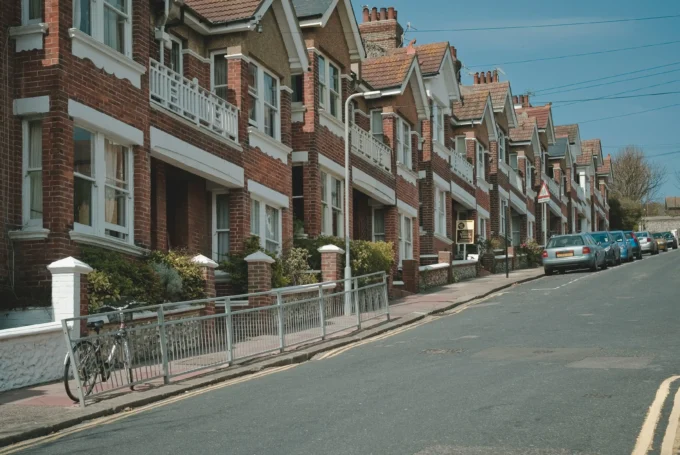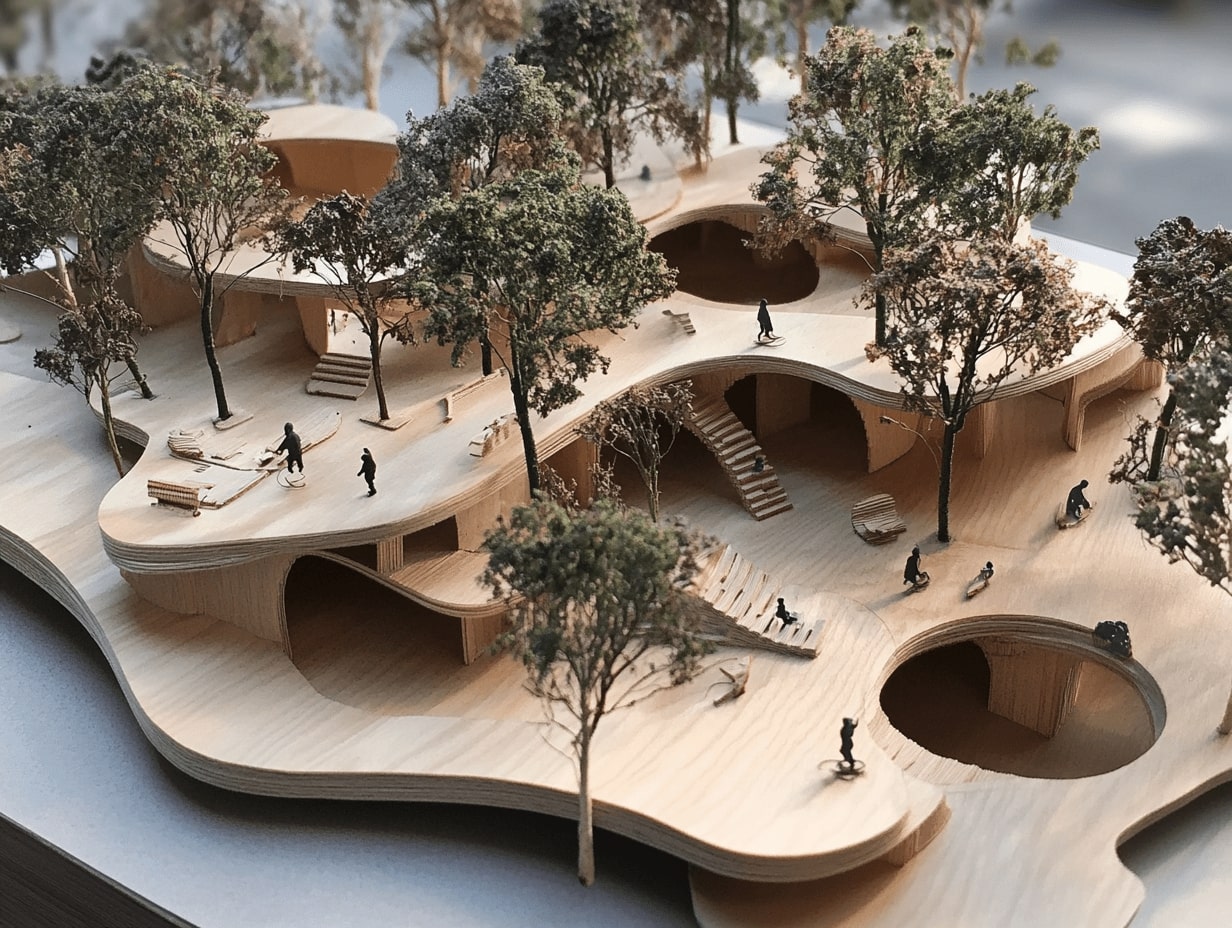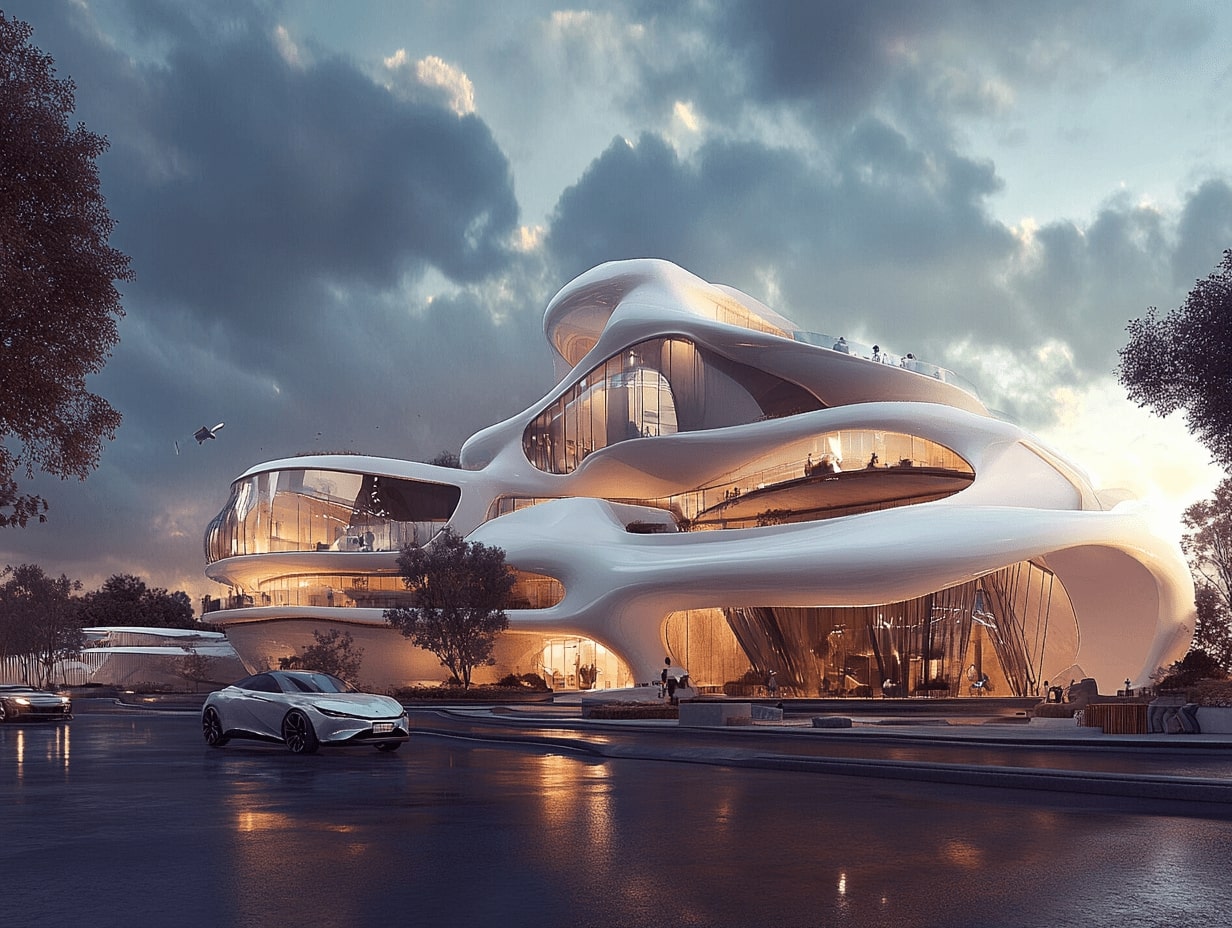- Home
- Articles
- Architectural Portfolio
- Architectral Presentation
- Inspirational Stories
- Architecture News
- Visualization
- BIM Industry
- Facade Design
- Parametric Design
- Career
- Landscape Architecture
- Construction
- Artificial Intelligence
- Sketching
- Design Softwares
- Diagrams
- Writing
- Architectural Tips
- Sustainability
- Courses
- Concept
- Technology
- History & Heritage
- Future of Architecture
- Guides & How-To
- Art & Culture
- Projects
- Interior Design
- Competitions
- Jobs
- Store
- Tools
- More
- Home
- Articles
- Architectural Portfolio
- Architectral Presentation
- Inspirational Stories
- Architecture News
- Visualization
- BIM Industry
- Facade Design
- Parametric Design
- Career
- Landscape Architecture
- Construction
- Artificial Intelligence
- Sketching
- Design Softwares
- Diagrams
- Writing
- Architectural Tips
- Sustainability
- Courses
- Concept
- Technology
- History & Heritage
- Future of Architecture
- Guides & How-To
- Art & Culture
- Projects
- Interior Design
- Competitions
- Jobs
- Store
- Tools
- More
Innovative Methods for Architectural Concept Finding: A Practical Guide

Discovering innovative architectural concepts is crucial for the success of any design project. These concepts not only fuel our creativity but also ensure our designs respond to their site context and perform functionally. By understanding the unique site challenges, we can create architecture that provides memorable experiences and positively impacts the built environment.
Our journey in finding architectural concepts involves examining surrounding buildings, understanding physical and climate conditions, and delving into the social and historical context. By analyzing everything from materials and styles to people’s movements and landscape features, we develop concepts that meet the demands of the client and project brief. This comprehensive approach allows us to craft designs that are both inspired and grounded in reality.

Table of Contents
ToggleUnderstanding Architectural Concepts
Definition and Importance
Architectural concepts serve as the foundation for all design projects. They encapsulate the core ideas that drive the planning and development of a building, shaping its aesthetics, functionality, and overall impact. A strong architectural concept ensures coherence throughout the design process, aiding in decision-making and providing a clear direction. By establishing a well-defined concept, we can create spaces that are not only visually compelling but also efficient and purpose-driven.
- Contextual Concepts
Contextual concepts derive from the surrounding environment, including cultural, historical, and physical elements. They help integrate buildings seamlessly into their settings. For instance, in urban areas with historical significance, the design might echo traditional architectural styles while incorporating modern functionalities. - Functional Concepts
Functional concepts focus on the specific needs and uses of the building’s occupants. This type emphasizes efficient space utilization and ease of movement. Schools, for example, require well-planned circulation paths to facilitate student flow and access to different facilities. - Form and Volume Concepts
Form and volume concepts revolve around the physical shape and spatial arrangement of the building. Architects manipulate positive and negative spaces to create harmonious designs. The interplay of mass and void can result in dynamic structures that stand out and serve their intended purposes effectively. - Material and Technology Concepts
Material and technology concepts are influenced by advancements in construction materials and methods. These concepts may prioritize sustainability, energy efficiency, or cutting-edge technology. Buildings using green materials and renewable energy sources exemplify this approach. - Thematic Concepts
Thematic concepts are inspired by specific themes or narratives, often reflecting the client’s vision or the building’s intended use. Museums, for instance, may follow a particular theme to enhance the visitor’s experience and convey a cohesive story through architecture.
By understanding these diverse architectural concepts, we ensure our designs are innovative, responsive, and aligned with the project’s goals and context. Implementing the right concept transforms initial ideas into successful, functional, and aesthetically pleasing structures.

Developing Architectural Concepts
Analyzing Site Conditions
We start by examining the site’s existing conditions to guide our architectural concept. Analyzing the surrounding buildings, including their materials, styles, and proportions, informs our design. Observing people’s movements and understanding their daily activities helps us anticipate how they will interact with the space. We also conduct a landscape analysis to differentiate between hard and soft surfaces. By considering factors like natural light, wind patterns, and noise pollution, we ensure the concept is not only aesthetically pleasing but also functional and sustainable.
Considering Building Requirements
Accurately understanding the building requirements is crucial for developing a strong architectural concept. We need to comprehend the client’s desires, the end users’ needs, and how the space will be used. Whether designing a hospital, museum, or residential building, we examine precedent studies to identify best practices and innovative solutions. Structural requirements, accessibility, and sustainability considerations all feed into the concept. By diagramming these needs and challenges, we can create a design that balances form and function, facilitating a seamless user experience.
Exploring Design Typologies
Exploring design typologies allows us to adapt our architectural concept to the specific type of building. Each building typology, whether it’s healthcare, cultural, residential, or commercial, has unique demands and conventions. For instance, hospitals require efficient circulation patterns to facilitate patient and staff movements, while museums need flexible gallery spaces to accommodate varied exhibitions. We study existing buildings to learn from their solutions, drawing inspiration from their successes and avoiding their pitfalls. Integrating specific themes or narratives into the concept helps reflect the project’s purpose and identity, ensuring the final design resonates with users and stakeholders.

Methodologies for Concept Generation
Functional Approaches
Functional approaches prioritize how a building will be used. We focus on ensuring that each space within a building meets specific practical requirements. For hospitals, this means efficient patient flow and access to medical equipment. Factories demand optimized machinery layouts and logistics. By aligning the design with its function, we ensure usability and efficiency without compromising creativity.
Material and Contextual Influences
Material and contextual influences consider how a building fits into its environment. We explore the use of local materials to respect cultural and environmental contexts. For instance, using bamboo in tropical regions offers not just aesthetic harmony but also sustainability. Buildings designed with these influences blend seamlessly into their surroundings, enhancing their visual and ecological footprint.
Conceptual and Philosophical Frameworks
Conceptual and philosophical frameworks involve a deep dive into the core ideas driving a design. We focus on a central concept that shapes the entire project. Whether inspired by natural forms or historical precedents, this approach ensures that the building tells a meaningful story. Philosophically, we align our designs with values such as sustainability, inclusivity, or innovation. This comprehensive approach results in structures that do more than serve a function; they embody principles and inspire users.
Practical Exercises for Ideation
Sketching And Visual Brainstorming
Sketching generates ideas and visual brainstorms. Drawing both 2D and 3D versions of designs helps refine concepts, providing different perspectives. Scaled sketches and 3D models ensure precision in spatial arrangement and circulation. Using varied materials for draft models can improve concept development. Making sketch models is critical for visualizing the spatial arrangement within the building.
Case Study Analysis
Examining similar projects provides valuable insights. Analyzing successful architectural designs helps us understand site integration, initial concepts, programmatic needs, and environmental conditions. This analysis guides us in shaping our own concepts. By studying projects with related site conditions, we gain understanding of what has worked well in similar situations. This method also highlights the interplay between spatial arrangement and circulation.
Functional Decomposition Of Concepts
Breaking down projects into functional elements clarifies their usability. Functional decomposition involves dividing a project into key components, each serving a specific purpose. This approach identifies how different parts of a building interact, ensuring a holistic design. By understanding the functions of individual elements, we create designs that integrate seamlessly, enhancing both usability and aesthetic appeal. This method is crucial for ensuring circulation patterns are efficient and logical.

Conclusion
In architectural design, finding and implementing a strong concept involves an iterative and detailed process. A prominent concept ensures that all design aspects, from planning to execution, are cohesive and impactful. By focusing on practical methodologies, we’ve observed that effective architectural concepts can distinctly influence the overall success of design projects.
Embrace Practical Exercises
Engaging in practical exercises like sketching, visual brainstorming, and functional decomposition is crucial. Sketching allows for visualizing ideas swiftly and capturing abstract concepts. Visual brainstorming helps in generating a myriad of ideas, facilitating a thorough exploration of potential directions. Functional decomposition breaks down the project into essential functional elements, ensuring each part aligns with the overall concept.
Conduct Case Study Analysis
Analyzing case studies of successful designs provides invaluable insights. This involves examining how renowned architects solve specific design problems and apply unique concepts. Understanding these examples allows us to learn from successful precedents and adapt these lessons to our projects.
Integrate Creativity and Site Context
Balancing creativity with the site context ensures the concept is both innovative and contextually relevant. Considering site-specific factors like climate, topography, and cultural influence helps in molding the concept to fit the project’s environment. This approach results in designs that are not only aesthetically pleasing but also functionally appropriate for their locations.
Refine and Evaluate Concepts
Constant refinement and critical evaluation are necessary throughout the design process. Revisiting and modifying concepts ensure they remain aligned with project goals and adapt to any new insights or constraints. This iterative process helps in polishing the initial idea into a robust and comprehensive design solution.
Our commitment to these methodologies helps in creating architectural designs that are remembered and impactful. By systematically integrating these approaches, we can achieve a high level of design excellence that resonates with users and stands the test of time.
- architectural brainstorming methods
- architectural concept ideation
- Architectural creativity
- architecture brainstorming techniques
- architecture concept development
- concept development
- creative design strategies
- design innovation
- Innovative architectural methods
- innovative design approaches
- practical architecture advice
- practical architecture tips
1 Comment
Submit your architectural projects
Follow these steps for submission your project. Submission FormLatest Posts
Building with Purpose: Creating Meaningful Spaces for Community and Sustainability
Explore the transformative power of purposeful building in our fast-paced world. This...
Architectural Concept Ideas: Inspiring Designs for Functionality, Aesthetics, and Sustainability
Discover the essence of architectural concepts and their role in shaping innovative,...
How to Find Architectural Ideas: Creative Tips and Inspiration for Unique Designs
Discover practical strategies to find architectural inspiration from nature, history, art, and...
Architectural Design Development: Key Stages, Tools, Challenges, and Future Trends
Explore the transformative process of architectural design development, where creativity meets precision....












Excellent guide on architectural concept finding! The detailed exploration of methodologies and site analysis is truly inspiring and informative.